The Problem
There are huge systemic problems which face us in our collective quest for Net Zero. Your garden can be one of the solutions. The UK is running at a huge deficit in terms of carbon, but challenge and change can start at home.
Too many gardens are unsightly and unhelpful wastelands of concrete and astroturf. Our mission is to convert and unite these residential pockets into a network of self-sustaining spaces which not only look good, but are good for you, our planet, and future generations.
What Can I Do to Help?
There are lots of little things you can do to improve the biodiversity of your outdoor spaces. Below is a list of simple and inexpensive steps you can take to lend a helping hand.

1. Plant a Tree
If everyone in the UK planted a tree, it would store enough carbon to drive around the earth 11 million times! Aside from generating oxygen, trees provide a fantastic habitat for a vast number of birds, insects and mammals.

2. Use Rainwater
Water shortage is at an all-time high, with hotter, drier summers putting strain on our reservoirs. Use a water butt to repurpose precious rainwater and try to use a watering-can instead of a hosepipe.

3. Let it Grow
Allowing a section of your garden to grow wild will help to support countless creepy-crawlies. In turn, insects will attract larger predators such as birds, mammals and reptiles. Consider adorning your wild patch with meadow flowers and native species to improve both its appearance and biodiversity.
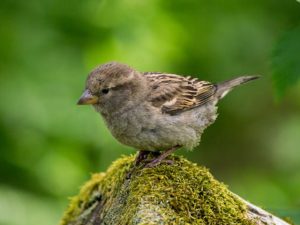
4. "I Tawt I Taw a Puddy Tat"
According to the Mammal Society, an estimated 55 million birds are killed by cats each year. Putting a bell on your pet's collar and positioning bird feeders far out of reach can give our feathered friends a fighting chance.

5. Let Driveways Breathe
Instead of paving over your driveway, consider using specialised blocks which are designed to allow grass or hardy ground-cover plants to grow between the spaces. If you've got a patio in the garden, try removing a couple of slabs to give nature a helping hand.
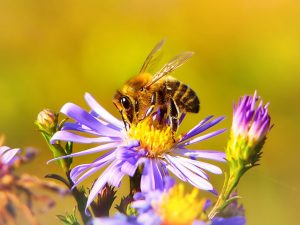
6. Bee Kind
Where would we be without the humble bumble bee? You can do your part to reverse their decline by growing plants that attract bees, butterflies and other pollinating insects. Popular (and pretty) choices include foxglove, hollihock, lupin, lavender, and bluebell.
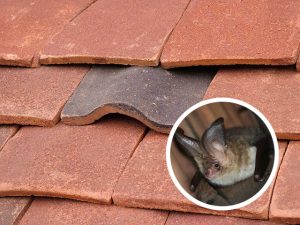
7. Batty Attraction
Although we are lucky enough to have 18 bat species in the UK (over a quarter of our native mammals), they are still on the decline as housing and industrial initiatives encroach on their habitats. Specialist roof tiles are available to provide a safe haven for our furry neighbours.
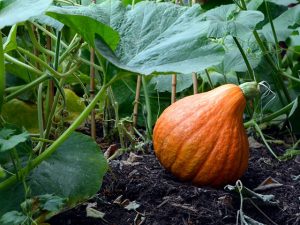
8. Grow your Own Food
A simple glance at the packaging in your local supermarket will show that many products are grown in foreign soil - surprising considering the broad variety of fruits and vegetables that grow in the UK. Reduce your carbon footprint by growing your own seasonal food. Do you really need strawberries in winter?
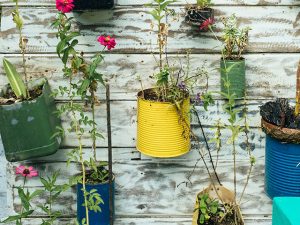
9. Use Recycled Materials
Instead of discarding your waste items for landfill, consider refactoring and upcycling your old products into garden furniture. Items such as old tyres, paint-pots and ceramic sinks are ideal for quirky garden planters. Wherever possible, we try to reuse existing materials when designing your garden.
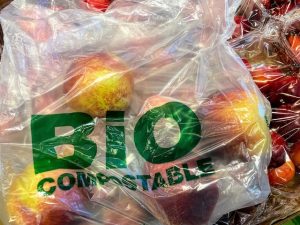
10. Use DIY and Peat-Free Compost
Peat is the world's largest land-based carbon store. It provides unique wetland habitats and also helps to prevent flooding as river levels rise. Try to use peat-free products when buying composts, soils and fertiliser. Even better - make your own compost!
